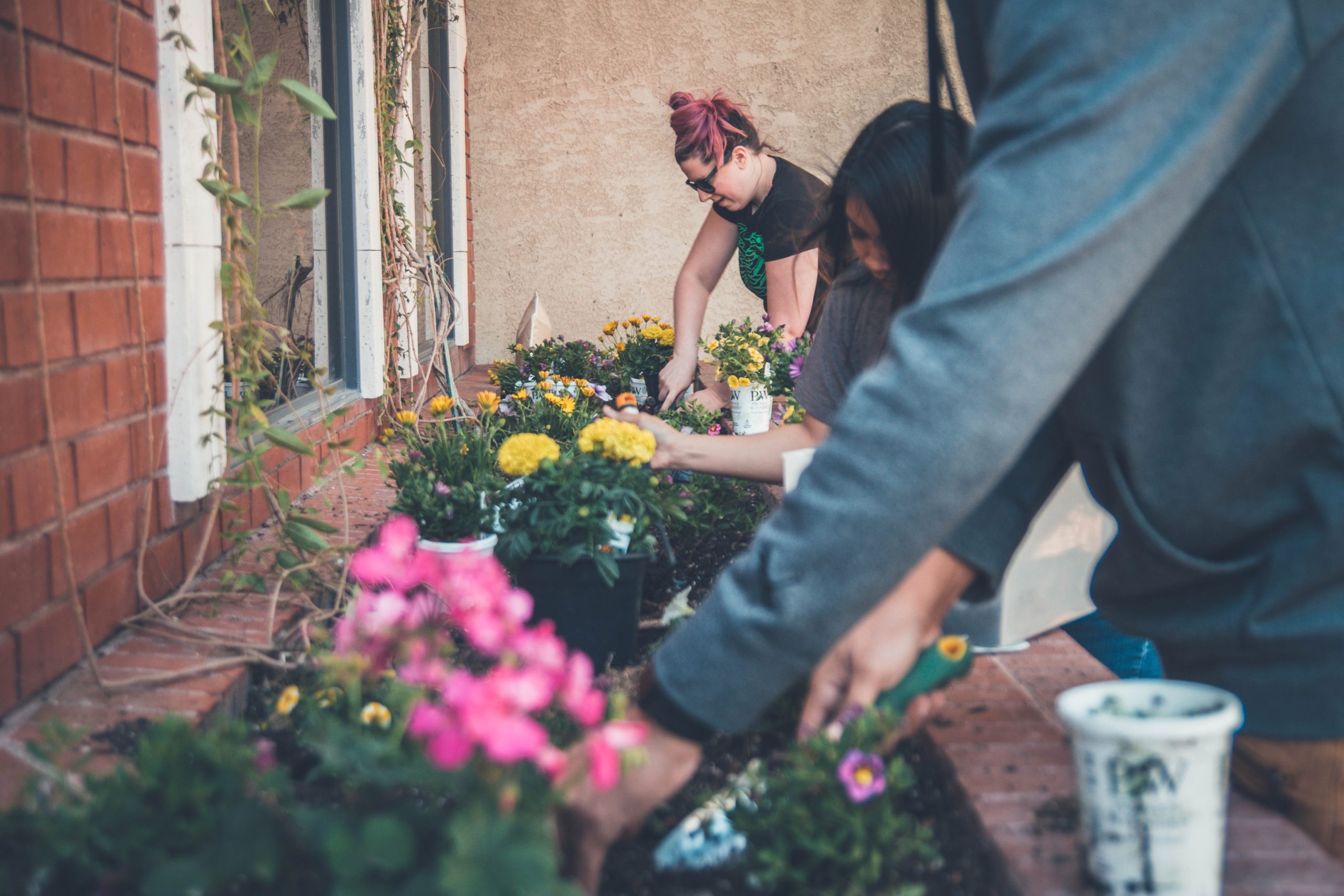- 25 May 2023
- 78
Green Thumb Secrets: Mastering Indoor Houseplant Care in 5 Simple Steps

Indoor houseplants are a great way to bring a touch of nature into your home. They not only add beauty to your living space but also provide numerous health benefits. However, caring for indoor plants can be a daunting task, especially if you’re new to gardening. In this article, we’ll share some green thumb secrets to help you master indoor houseplant care in 5 simple steps.
Step 1: Choose the Right Plant
The first step in indoor houseplant care is choosing the right plant. Not all plants are suitable for indoor environments, and some require more care than others. When selecting a plant, consider the lighting conditions in your home, the temperature, and the humidity levels. Some plants thrive in low light conditions, while others require bright, direct sunlight. Similarly, some plants prefer cooler temperatures, while others thrive in warmer environments. Research the specific needs of the plant you’re interested in and make sure it’s a good fit for your home.
Step 2: Watering
Watering is one of the most critical aspects of indoor houseplant care. Overwatering or underwatering can be detrimental to your plant’s health. The key is to find the right balance. Most indoor plants prefer to be kept moist but not waterlogged. The frequency of watering will depend on the plant’s needs, the size of the pot, and the environmental conditions. As a general rule, water your plants when the top inch of soil feels dry to the touch. Be sure to use room temperature water and avoid getting water on the leaves, as this can lead to fungal growth.
Step 3: Fertilizing
Fertilizing is another essential aspect of indoor houseplant care. Plants need nutrients to grow and thrive, and these nutrients are often depleted from the soil over time. Fertilizing your plants every 2-4 weeks during the growing season can help replenish these nutrients. Use a balanced, water-soluble fertilizer and follow the instructions on the package carefully. Overfertilizing can be just as harmful as underfertilizing, so be sure to use the correct amount.
Step 4: Pruning
Pruning is necessary to keep your indoor plants healthy and looking their best. Regular pruning can help promote new growth, remove dead or damaged leaves, and prevent pests and diseases. Use clean, sharp scissors or pruning shears to make clean cuts, and be sure to remove any dead or yellowing leaves as soon as you notice them.
Step 5: Pest Control
Indoor plants are susceptible to pests such as spider mites, mealybugs, and scale insects. These pests can quickly spread and cause significant damage to your plants if left unchecked. Regularly inspect your plants for signs of infestation, such as yellowing leaves, sticky residue, or webbing. If you notice any pests, isolate the affected plant and treat it immediately with an appropriate insecticide or natural remedy.
In conclusion, mastering indoor houseplant care is not as difficult as it may seem. By following these 5 simple steps, you can keep your plants healthy and thriving for years to come. Remember to choose the right plant, water and fertilize appropriately, prune regularly, and keep an eye out for pests. With a little bit of care and attention, you can enjoy the beauty and benefits of indoor plants in your home.

